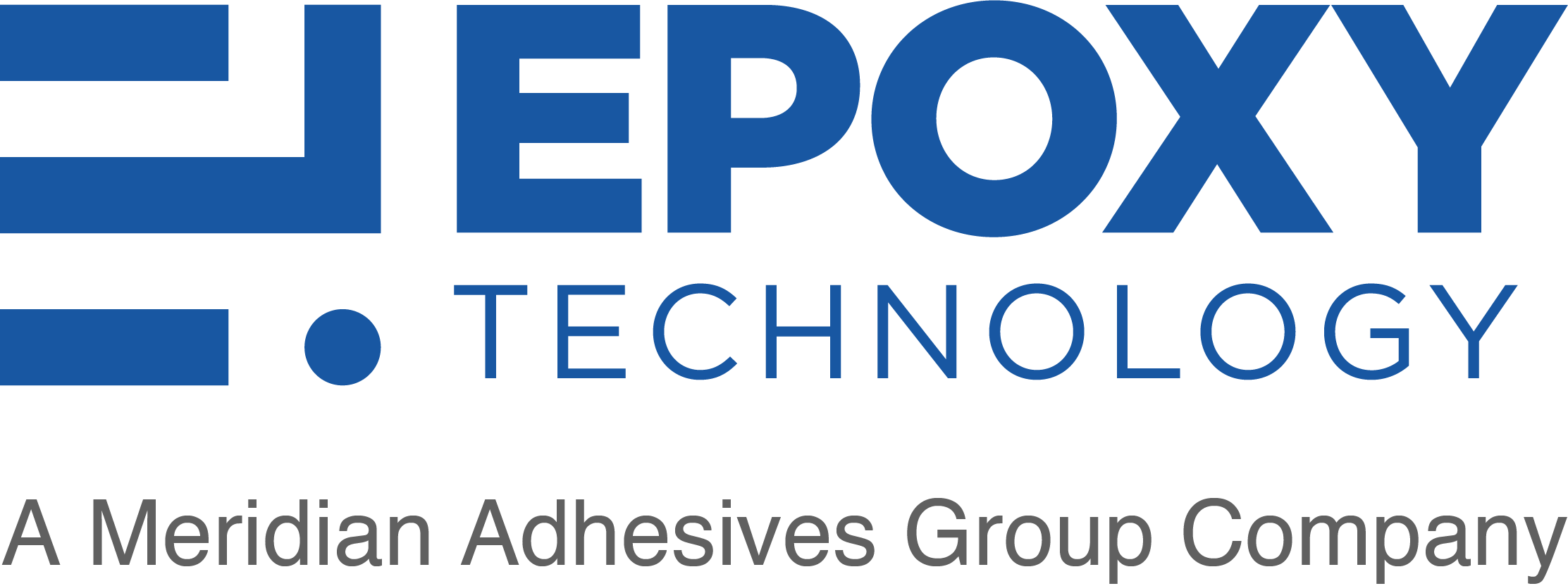( Milliseconds) One thousandth of a second.
Multimode Fiber
An optical fiber that has a core large enough to propagate more than one mode of light The typical diameter is 62.5 micrometers.
Multimode Laser Diode
(MMLD) Synonym for Multilongitudinal mode laser.
Mv
Millivolt. One thousandth of a Volt. mW Milliwatt. One thousandth of a Watt.
n Nano
One billionth.
N Newtons
Measure of force generally used to specify fiber optic cable strength.
NEMA
National Electrical Manufacturers Association.
Lead Pitch
The sum of the lead width and lead spacing. Typically stated as the distance between the center of one lead to the center of an adjacent lead.
Lead Plating
The metal coating on a component lead. Common lead plating materials are pure tin (Sn), pure gold (Au), and eutectic tin/lead solder (63% Sn/37% Pb).
Lead Spacing
The distance between adjacent leads in a defined area of a component.
Lead Thickness
In reference to component leads, it is the sum of the thickness of the base metal, plating, and total fabrication tolerances. Lead thickness is a critical element in determining the dimensions and proper clearances in excise and form tooling.
Lead Width
The width of the lead in a defined area of a component.
Leaded Device
Electronic devices that have electrical leads extending from the body of the package.
Leadless Device
Electronic devices which do not have electrical leads extending from the body of the package. These packages could have solder bumps or lands located on the package.
Leakage Current
A small amount of current that flows through or across an insulator between two electrodes.
LED
Light Emitting Diode. LEDs work on the principle of spontaneous emission of light as opposed to stimulated emission. LEDs usually have high bandwidth but relatively low power. LEDs operate in the infrared, visible and ultraviolet regions of the optical spectrum.
Lightguide
Synonym optical fiber.
Loss
The amount of a signal’s power, expressed in dB, that is lost in connectors, splices, or fiber defects.
M Mega
One million.
M Meter
The SI base unit of length, approximately 39.37 inches.




